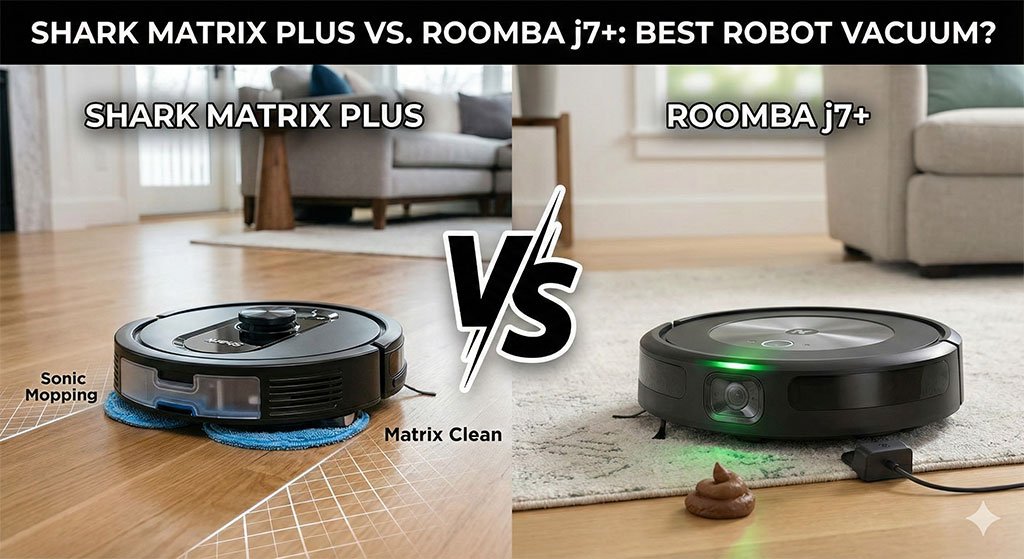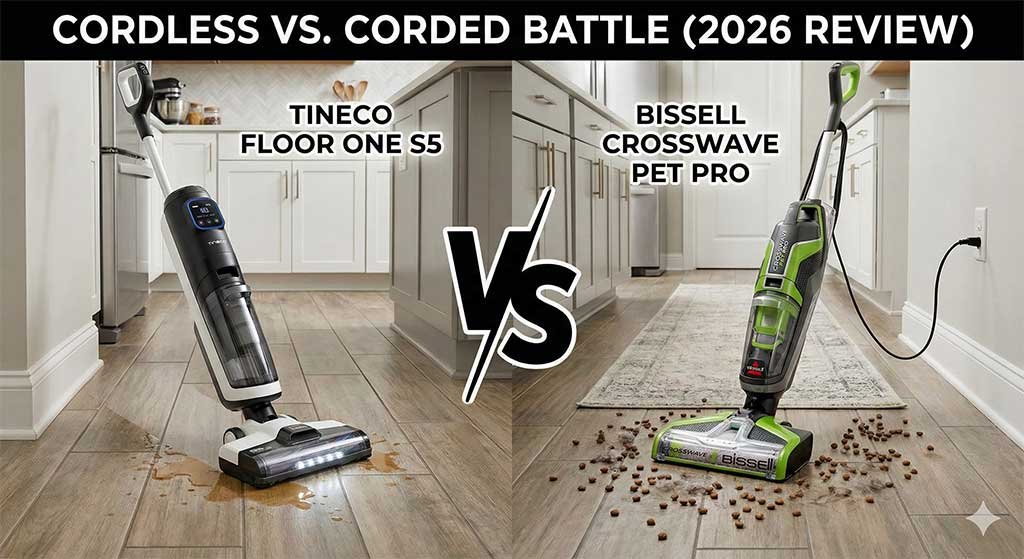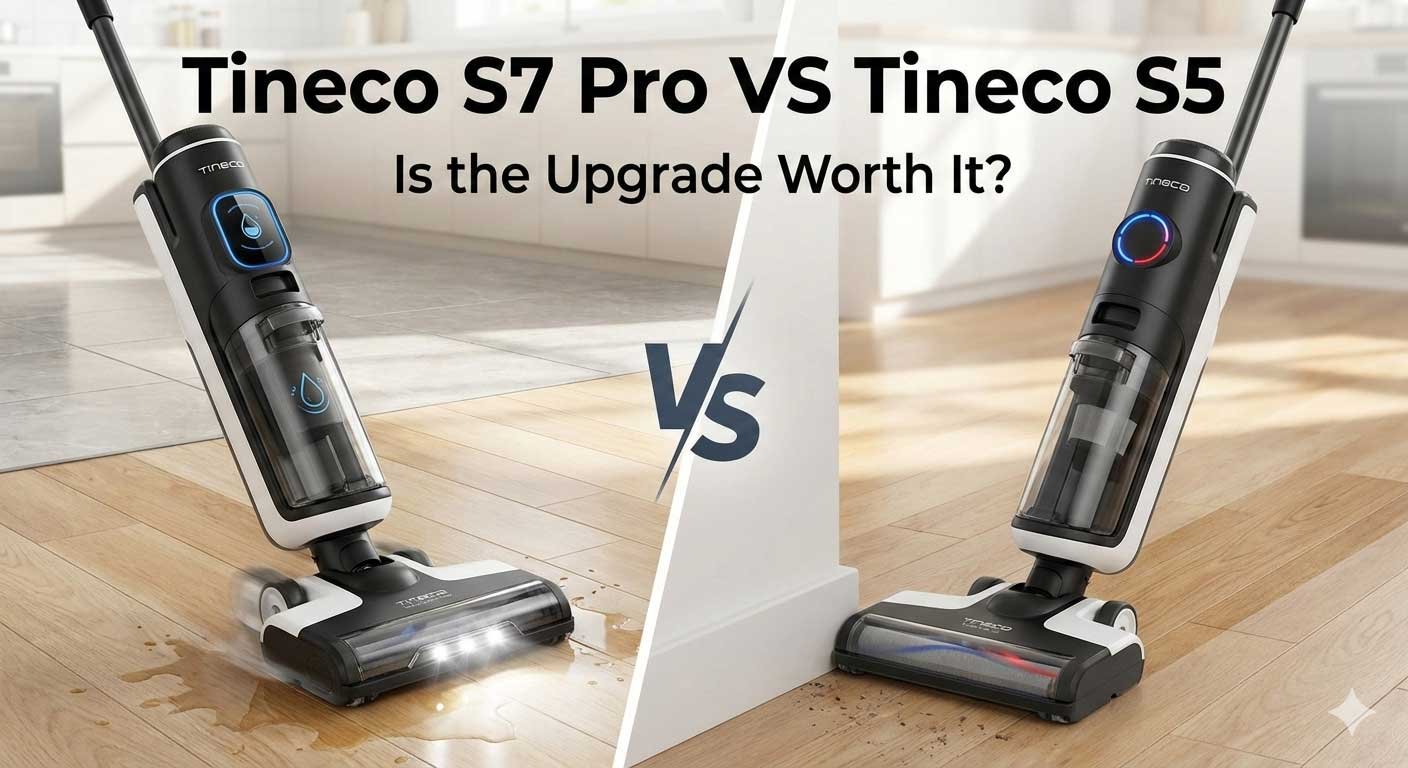Semi-automatic washing machines require manual intervention for certain steps, while fully automatic ones do not. Choosing between the two depends on your budget, convenience, and desired level of automation.
A semi-automatic washing machine is typically more affordable and allows users to control the wash cycle, which can be advantageous for delicate clothes. On the flip side, a fully automatic washing machine offers hands-off convenience, performs all washing functions automatically, and is generally more energy-efficient.
Knowing the differences between these two can help consumers make informed decisions based on their lifestyle, laundry needs, and financial considerations. As technology progresses, the gap in features between semi and fully-automatic machines continues to narrow, presenting a variety of options for consumers who value both economy and modern convenience in their household appliances.
Table of contents
Comparison: Semi-Automatic Vs Fully Automatic Washing Machine
Feature | Semi-Automatic Washing Machine | Fully Automatic Washing Machine |
|---|---|---|
Operation | Requires manual intervention for moving clothes between wash and spin cycles. | Fully automatic; completes the entire washing process without user intervention. |
Loading Style | Top-loading or front-loading. | Top-loading or front-loading. |
Water Usage | Typically uses less water compared to fully automatic machines. | May use more water due to continuous cycles and additional features. |
Energy Efficiency | Generally more energy-efficient since users control water levels and wash times. | May consume more energy, especially in high-capacity models. |
Cost | Typically more affordable upfront. | Generally more expensive upfront. |
Space Requirements | Compact and requires less space. | May require more space, especially front-loading models. |
Ease of Use | Requires manual effort to move clothes and control cycles. | Fully automated, minimal user intervention once the cycle is started. |
Washing Time | Longer washing time as users need to transfer clothes between wash and spin tubs. | Shorter washing time with continuous cycles. |
Water Drainage | Requires manual draining after each cycle. | Automatically drains water after each cycle. |
Detergent Usage | Users can adjust detergent amounts based on load and preference. | Automatic dispensers for precise detergent usage. |
Program Options | Limited wash programs and settings. | Various wash programs and customizable settings for different fabrics. |
Noise Level | Typically quieter during operation. | May produce more noise, especially in high-speed spin cycles. |
Maintenance | Generally easier to maintain. | May require more maintenance, especially in advanced models. |
Suitability for Small Loads | Suitable for small loads and quick washes. | Efficient for both small and large loads with diverse wash options. |
Water Pressure Dependency | Less dependent on water pressure. | May be sensitive to variations in water pressure. |
It’s important to note that specific models within each category may vary, and advancements in technology may impact the features available in both semi-automatic and fully automatic washing machines. When choosing a washing machine, consider your preferences, budget, and laundry needs.

Functionality And Features Of Semi-Automatic Washing Machine
Semi automatic washing machines are known for their simplistic yet effective approach to laundry. These machines typically feature two tubs: one for washing and the other for spin-drying. Users have to manually intervene, moving the clothes from one tub to the other between wash and dry cycles.
- Wash Settings: Multiple wash settings allow for customization based on the fabric type and soiling level.
- Control: Manual control provides a hands-on approach, letting users decide when to switch between cycles.
- Water Usage: Efficient water use is possible, as water levels can be adjusted according to the laundry load.
The user’s involvement during the washing process means flexibility and energy conservation, as you can add or remove clothes during a wash cycle or control the water usage more precisely.
Pros Of Semi Automatic Machines
- Energy Efficiency: These machines generally consume less electricity as they do not require energy for functioning automatically.
- Water Control: Manual water input allows for optimal use, conserving water and catering to areas with limited water supply.
- Cost-Effective: They are more affordable than their fully automatic counterparts, both in initial expense and maintenance.
- Lower Repair Costs: Simpler mechanics make repairs straightforward and often less costly.
Individuals seeking a budget-friendly option with direct control over the washing process find semi automatic machines highly attractive.
Cons Of Semi Automatic Machines
Despite the benefits, semi automatic washing machines come with their own set of drawbacks.
Con | Explanation |
|---|---|
Manual Intervention: | They require physical effort to move wet clothes from the wash tub to the drying tub. |
Space Consumption: | Due to having separate tubs for washing and drying, they occupy more space. |
Time-Consuming: | Manual operations mean more hands-on time, making them less convenient for those with busy schedules. |
Uneven Drying: | Spin-drying is often less efficient compared to fully automatic machines, possibly requiring further air drying. |
Semi automatic machines challenge the modern need for convenience and time-saving appliances. Individuals with hectic lifestyles or those looking for a hands-off approach might prefer an alternative.
Functionality And Features Of Fully Automatic Washing Machine
Fully automatic washing machines come equipped with a range of functionalities that simplify the laundry process. With just a touch of a button, these machines can handle washing, rinsing, and spinning cycles without any manual effort. They boast programmable settings, various wash programs for different types of fabric, and features like temperature control, delay start, and load sensors that adjust water usage according to the laundry load.
- Direct Drive Technology: for quieter, more efficient operation.
- Auto-detergent Dispenser: which accurately measures and releases the detergent.
- Multiple Wash Programs: to cater to all fabric types and soil levels.
- Digital Displays: offering ease of use and enhanced user interface.
Pros Of Fully Automatic Machines
The seamless operation of fully automatic washing machines comes with numerous advantages:
- User-Friendly: Simply load your laundry and let the machine do the rest.
- Time-Saving: No need to supervise, freeing you up for other tasks.
- Water-Efficient: Consumes less water than manual or semi-automatic washers.
- Improved Wash Quality: Advanced features ensure a thorough clean.
Cons Of Fully Automatic Machines
Despite their convenience, fully automatic washing machines have certain drawbacks:
- Higher Cost: These machines are generally more expensive than their semi-automatic counterparts.
- More Expensive Repairs: Technology-rich features could lead to costlier maintenance and repairs.
- Heavier: These machines tend to be bulkier, making them less portable.
- Requires Constant Electricity Supply: Interruptions in power supply can halt the entire washing process.
Cleaning Efficiency
Considering a washing machine purchase brings us to the pivotal aspect of cleaning efficiency. This fundamental characteristic often tips the balance towards either semi-automatic or fully automatic machines. The type of machine directly impacts how clothes come out after a wash – is every detergent particle effectively removed? Are the stains treated appropriately? Understanding these nuances is crucial for making an informed decision that aligns with your laundry needs.
How Semi-automatic Machines Affect Cleaning Performance
Semi-automatic washing machines, requiring manual intervention, offer significant control over the washing process. A typical semi-automatic machine has separate tubs for washing and drying, allowing users to decide the wash time and the intensity of the rinse cycle.
- Manual Water Control: Users can regulate water levels, which is advantageous for different fabric types.
- Cycle Customization: Flexibility to adjust cycles based on the soil level of the clothes enhances the removal of tough stains.
- Special Attention: Stubborn stains can be treated by pausing the cycle and adding extra scrubbing or soaking.
These features contribute to an efficient cleaning performance, particularly for heavily soiled garments.
How Fully Automatic Machines Affect Cleaning Performance
Fully automatic washing machines streamline the laundry process by automating every stage of the wash cycle. With advanced features and settings, they strive to enhance cleaning efficiency:
Feature | Impact on Cleaning |
|---|---|
Precise Water Levels: | Automatically gauges and adjusts water according to the load, promoting thorough cleansing. |
Varied Wash Programs: | Offers specific cycles for different fabric types, ensuring optimal cleaning without damage. |
Temperature Control: | Enables hot wash for better dissolution of detergent and more effective removal of oils and germs. |
These machines also come with sensors and load balancing mechanisms that contribute to a more consistent and efficient wash, often with less water and energy.
Water And Energy Consumption
In the debate between semi automatic vs fully automatic washing machines, one crucial aspect often comes under scrutiny: the consumption of both water and energy. The difference in the mechanisms of these machines leads to varying usage levels, which can significantly impact utility bills and the environment. Understanding the water and energy dynamics can steer consumers towards a choice that aligns with their eco-consciousness and lifestyle needs.
A Comparison Of Water And Energy Usage
When comparing semi automatic and fully automatic washing machines, the nuances in water and energy usage can be substantial. Here’s a breakdown:
Feature | Semi Automatic Washing Machine | Fully Automatic Washing Machine |
|---|---|---|
Water Usage | Manually adjustable, often higher | Automatically optimized, typically lower |
Energy Consumption | Lower operational energy but higher overall due to potential extra rinse cycles | Higher operational energy but lower overall with advanced technology and efficient programs |
- Semi automatic machines require manual intervention to control water levels, which can lead to more water usage if not monitored correctly.
- In contrast, fully automatic machines utilize sensors to determine the optimal amount of water, reducing waste and conserving this precious resource.
- The energy consumption of semi automatic machines may seem lower during the initial wash cycle; however, additional water filling and draining cycles can inadvertently boost overall energy usage.
- Fully automatic machines, with their preset programs and efficient design, aim to minimize energy consumption throughout the entire laundering process.
These factors combined make fully automatic washing machines a preferable option for those prioritizing sustainability and cost-effectiveness in the long run. However, it is essential to note that initial purchase costs and maintenance may also influence the decision.
Ease Of Use
Discussing the ‘Ease of Use’ of modern washing machines brings us straight to the essential debate of semi-automatic versus fully automatic models. The streamlined operation of your laundry routine depends significantly on the type of machine you choose. With technological advancements shaping user experiences, selecting the correct washing machine mechanism is more than just a practical decision; it’s about matching your lifestyle with the right level of convenience.
Let’s delve into the user-friendly features these washing dynamos offer and parse out which might revolutionize the way you tackle the ubiquitous chore of laundry. User-friendly features comparison
User-friendly Features Comparison
Feature | Semi-Automatic | Fully Automatic |
|---|---|---|
Loading and Unloading | Manual transfer of clothes between wash and spin tub | Automatically manages all aspects of the cycle |
Wash Settings | Limited options; manual intervention needed | Diverse program settings for various fabric types |
Water Usage | User must manually add and drain water | Water levels are automatically optimized |
Additional Features | Generally fewer bells and whistles | Includes delay starts, child locks, and more |
- Semi-automatic washing machines might be less intimidating to someone familiar with the basics of washing.
- Choose a fully automatic machine for hands-free, time-saving operation.
- While semi-automatic machines allow for greater control over water levels, this can also mean more manual work.
Those who favor a hands-on approach may appreciate the semi-automatic model’s engagement. In contrast, users seeking maximum efficiency and ease would find the fully automatic washer’s advanced technology to be a boon. The complexity of semi-automatic lies in its need for supervision, whereas the fully automatic machine excels in convenience, catering to the needs of those with a busy lifestyle.
Cost And Maintenance
Choosing between a semi-automatic and fully automatic washing machine isn’t just about the convenience; it’s also a financial decision. Buyers often weigh initial price tags against the long-term costs of operation and maintenance.
Initial Cost And Long-term Maintenance Comparison
Determining the right type of washing machine is pivotal for effective budget management. Semi-automatic machines usually have a lower initial cost, while fully automatic machines may seem pricier upfront.
Type of Washing Machine | Initial Cost | Estimated Long-Term Maintenance Cost |
|---|---|---|
Semi-Automatic | Lower | Generally lower |
Fully Automatic | Higher | May be higher due to complexity |
When considering maintenance costs, the semi-automatic’s simplistic design often leads to cheaper repairs and spare parts. Conversely, the high-tech nature of fully automatic machines results in higher maintenance expenses, should an issue arise. Remember, these machines rely on advanced electronics that can be costly to replace or repair.
- Semi-Automatic: Simpler mechanics, easier DIY fixes.
- Fully Automatic: Complex systems, potential need for professional service.
It’s essential to consider the frequency of use and the importance of features offered by fully automatic machines. High efficiency could mean long-term savings on water and electricity bills, which may balance out the initial investment over time.
FAQ
Which Is Better Semi Automatic Or Fully Automatic?
The choice between a semi-automatic and fully automatic washing machine depends on individual preferences and needs. If you prefer more control over the washing process, have a limited budget, and don’t mind some manual intervention, a semi-automatic machine might be suitable.
On the other hand, if convenience and automation are top priorities, and you’re willing to invest in a more advanced system, a fully automatic machine is a better choice. Consider factors such as your budget, lifestyle, and how hands-on you want to be in your laundry routine to determine which option aligns best with your requirements.
Final Words
Deciding between semi-automatic and fully automatic washing machines boils down to your laundry habits and budget. Evaluate your daily routine, space, and efficiency desires. Remember, the best choice blends functionality with your lifestyle needs. Happy washing!



